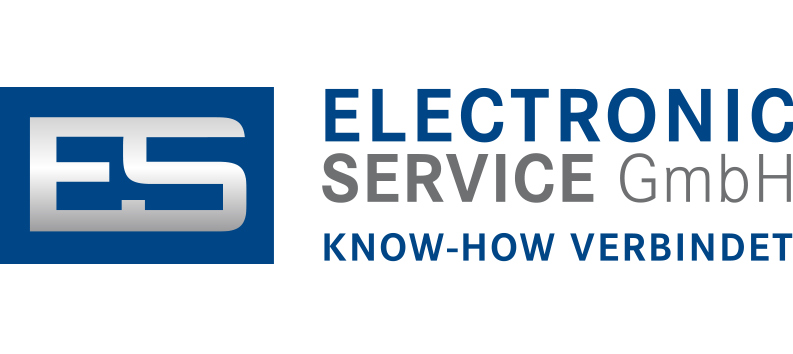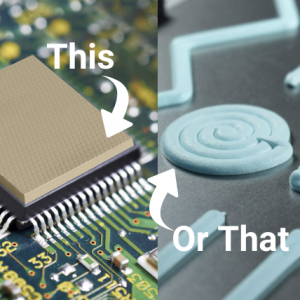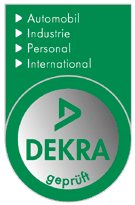Selecting a Thermal Gel or Thermal Gap Pad – Your Questions Answered (Part II)
This is the second part in a two-part blog post series answering the questions you asked during the webinar Selecting a Thermal Gel or Thermal Gap Pad now, available on-demand. Missed part 1? View it here now.
The objective of thermal management programs in electronics packaging is the efficient removal of heat from the semiconductor junction to the ambient environment. While selecting a material for your application can be daunting, two of the most popular thermal interface materials you should consider are thermal gap filler pads and dispensed thermal gels.
You asked us a variety of interesting and thought-provoking questions during the webinar, which our team of thermal material engineers has answered below.
What is the recommended surface roughness for THERM-A-GAP thermally conductive gels?
The surface roughness of N8 (3.2 micro-meters or 125 micro-inches) or rougher is recommended for use with thermal gels
Are all your thermal interface materials electrically insulating?
All Parker Chomerics thermal interface materials are meant to be thermally conductive and electrically insulating. This is accomplished by using ceramic particles in a silicone binder system.
What incremental thickness are thermal gap pads offered in?
Thermal gap filler pads are available in standard thicknesses from 0.010” to 0.200”. They are traditionally available in increments of 0.010” or 0.005” but we are able to create gap pads to meet any nominal thickness
Are the thermal gel materials non-Newtonian, where viscosity is a function of shear rate?
Yes, our thermal gels and dispensable putties are Non-newtonian. Please see the blog post about viscosity and flow rate of these materials:
Are there any plans to develop silicone-free formulations?
Silicone is by far the most common binder material, as it offers a greater operating temperature range than non-silicone options. However, Parker Chomerics does have a non-silicone option for thermal gels. GEL 25NS is a 2.5 W/m-K thermal gel with the NS in its name designating its binder package as being non-silicone.
What are the shelf lives for gels and pads?
Thermal gap pads have an indefinite shelf life with the exception of those that come on an aluminum carrier with PSA. These gap pads have an 18-month shelf life from the date of shipment. Thermal gels have a shelf life of 18 months from the date of manufacture.
Will dispensing equipment wear due to abrasive filler particles in Gels?
To achieve high thermal conductivity, THERM-A-GAP GEL materials are highly filled with ceramic particles. Due to this high loading, the thermal compounds have higher viscosity and may be abrasive to dispense equipment. Material selection should be defined prior to selecting equipment to optimize material performance and long-term equipment maintenance. The proper equipment choice will be a function of geometry, throughput requirements, material type, and package.
To successfully dispense GELs with minimal impact on physical properties, simple ram/piston pump systems with adequate force capability have proven the most reliable. Reciprocating pumps, gear pumps, or other complex pumping designs impart excessive stress on the material. Pump systems that have a high degree of mechanical interaction with the material may increase maintenance needs due to the high concentrations of thermally conductive and abrasive fillers.
The valve that dispenses or controls the amount of material dispensed needs to be constructed of wear-resistant components to endure the maximum number of cycles. The most successful valves use a progressive cavity (ie. displacement type option) and are geometrically simple.
Be sure to watch the webinar on-demand below! Have questions or feedback? Reach out to us, we’d love to hear from you.
.





